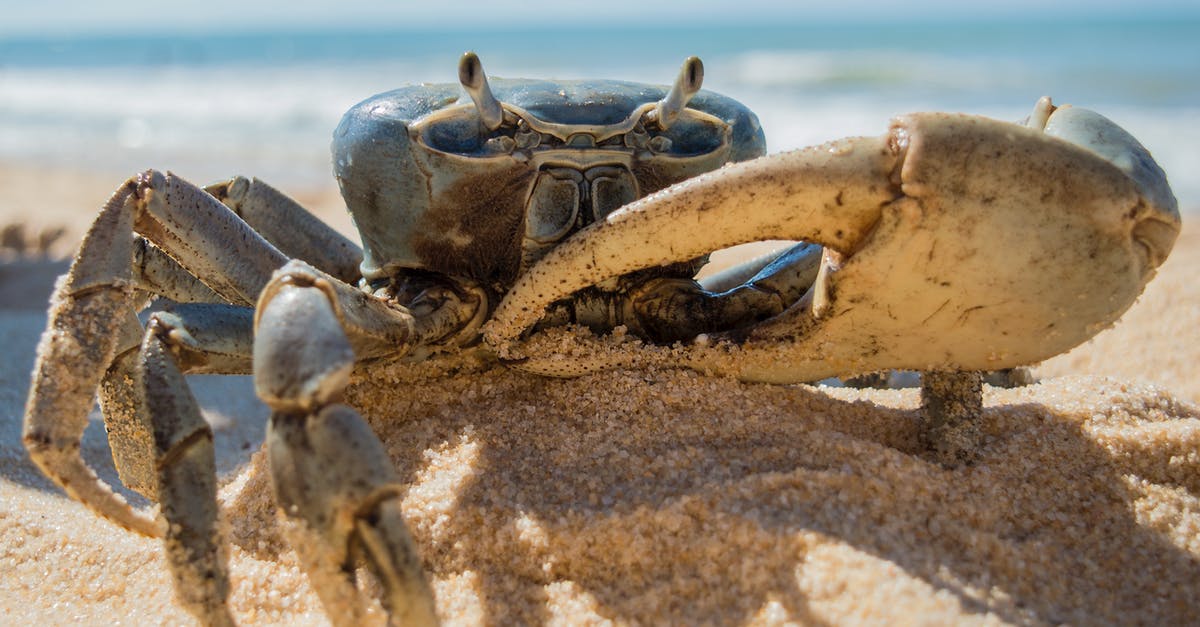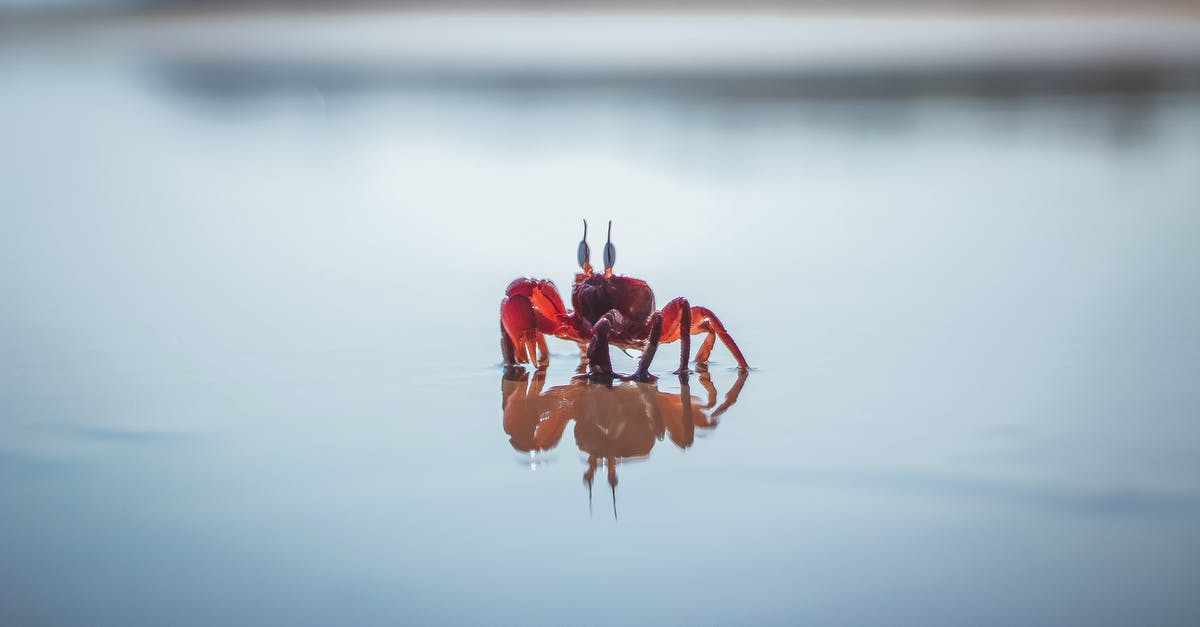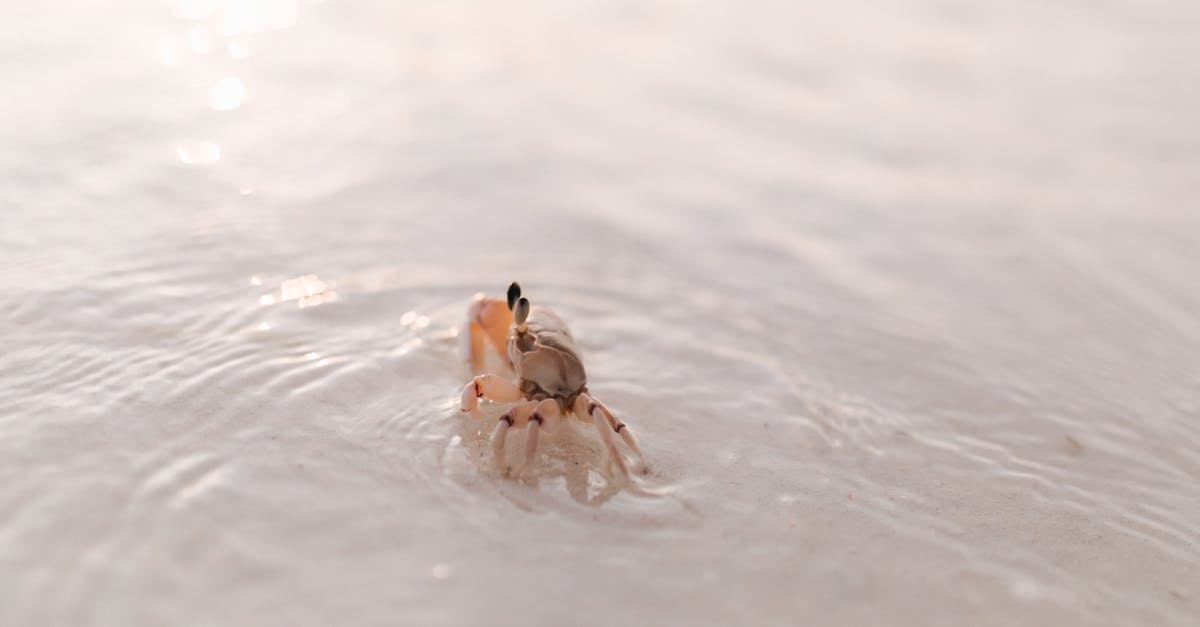Shore caught crabs

I caught 4 small shore crabs (green crabs) yesterday and took them home to eat. They were alive in the bag until I got home and I out them straight into the freezer (no cleaning or boiling etc). They are now frozen. I have read some articles about if you don't clean them etc and they die before you cook them, they become very poisonous. Can I still cook and eat them or are they now not edible?
Best Answer
From what I have found so far, Green Crabs (as found on the coasts of the US) are not usually considered good eating, although they are edible. The same species is considered an important food source in parts of Europe. I'm still trying to get reliable info to sort that out.
According to The Washington Department of Fish and Wildlife "Although most crabs are either alive or have been killed just prior to cooking, they certainly are safe to use if you know they are fresh, i.e., dead for only a few hours." But that source does not address freezing of live crabs. The Louisiana Seafood Bible - Crabs says that it's safe to freeze live Blue Crabs if you are sure that the were in fact alive when first put in the freezer. I can't find anything that specifically addresses the safety of frozen, uncleaned Green Crabs, but I also can't find anything that suggests that Green Crabs would be any different than Blue Crabs in that regard. At any rate, cooking and cleaning live or just killed crabs is definitely preferred for quality, regardless of the species.
If you're in the US (or anyplace other than the shores of the North-east Atlantic Ocean or Baltic Sea, for that matter), don't lose any sleep if it turns out that you harvested them for no good reason:
Carcinus maenas is a common littoral crab, and an important invasive species, listed among the 100 "world's worst alien invasive species". It is native to the north-east Atlantic Ocean and Baltic Sea, but has colonized similar habitats in Australia, South Africa, South America and both Atlantic and Pacific coasts of North America. It grows to a carapace width of 90 millimeters (3.5 in), and feeds on a variety of molluscs, worms and small crustaceans, potentially impacting a number of fisheries. Its successful dispersion has occurred via a variety of mechanisms, such as on ships' hulls, packing materials, bivalves moved for aquaculture, and rafting.

-Wiki
They're so invasive and detrimental where they don't belong that Massachusetts has paid for crab bounty hunters, and Washington and Oregon ask that any Green Crabs found be brought to Fish and Game authorities, so their invasion can be monitored and hopefully stemmed.
Pictures about "Shore caught crabs"



Can you catch crab from shore?
I recommend using hand lines, also known as crab throw lines, to go crabbing from shore. They're great for beginners and work best in shallow, sandy waters along the shoreline. A baited string is the best way to go crabbing along a shoreline.Can you eat shore crabs?
I'd never thought about eating these small shore crabs before until I found myself reading John Wright's Edible Seashore book on a beach in Anglesey. He has a recipe for crab bisque and recommends it highly.What to do if you find a crab on the beach?
You can help the crab out by gently picking it up by the sides of its shell (not by its tail) and calmly guiding it back toward the water. "It's a nice thing to do," Danielle Brigida explained in the FWS video after an overturned (and frankly dead-looking) horseshoe crab was righted and scurried back into the surf.Can you keep shore crabs?
The best tank set up for these crabs is a paludarium-type tank that is at least 50% land (where they spend the majority of their time). Though they are naturally cold water animals, Shore Crabs can survive long term in tropical temperatures as well.Catch And Cook Sea Crab At the Beach - Crab Cooking on Sand
Sources: Stack Exchange - This article follows the attribution requirements of Stack Exchange and is licensed under CC BY-SA 3.0.
Images: Alexsandro Rosa de Mello, rompalli harish, Summer Li, Pavel Danilyuk
